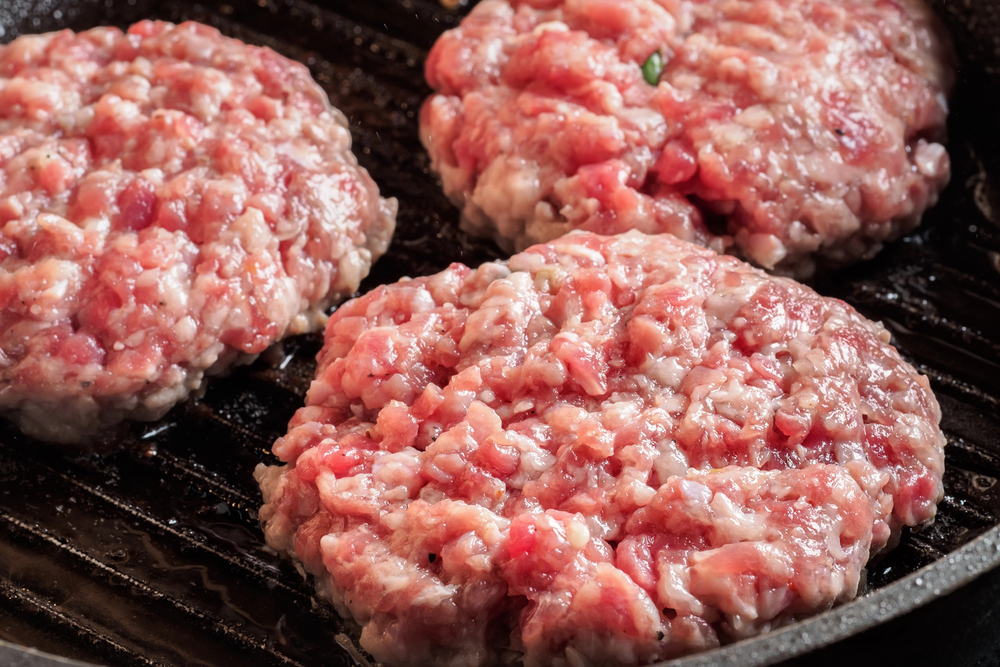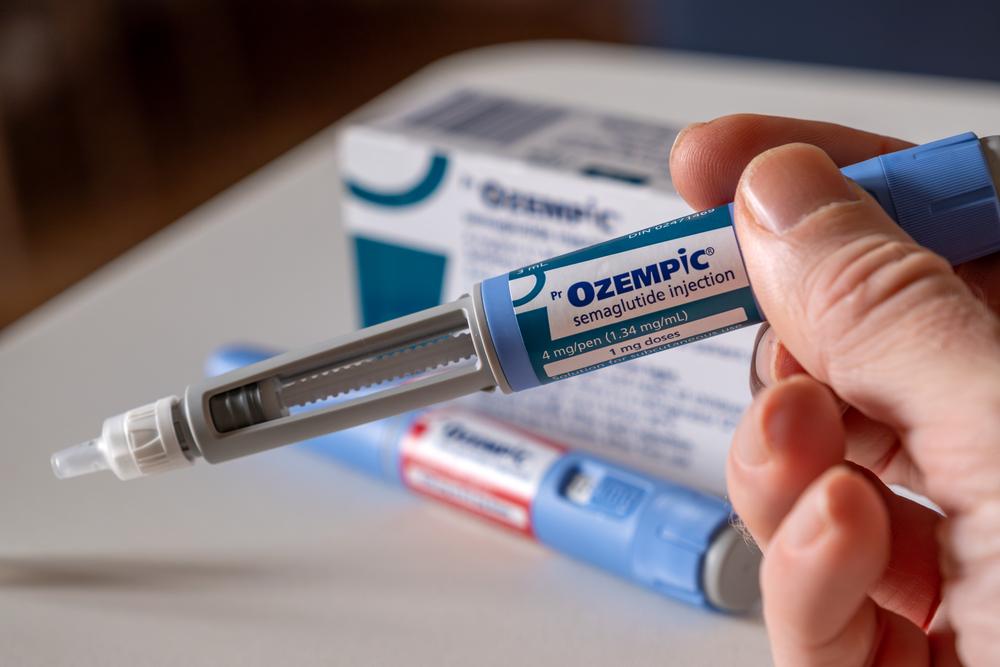The liver, the body’s largest internal organ, sits underneath your rib cage and serves as a filtration device, removing toxic substances from the blood; therefore, it is one of the most important organs. However, the signs of liver damage or disease are often easy to miss because they can also be indicators of other health issues.
Jaundice
Jaundice is a medical condition in which the skin and sclera (the white part of the eyes) turn yellowish. It is followed by dark-colored urine and stomach swelling. The condition is also known as hyperbilirubinemia because the blood has a buildup of bilirubin. If you notice changes, seek medical help immediately.
Nausea, upset stomach
Nausea and upset stomach can be early signs of liver disease. These symptoms are followed by loss of appetite and diarrhea. Many of these issues can occur during PMS or the flu, and since there are no specific guidelines on when to begin regularly checking in on your liver function, speak to your healthcare provider.
Abdominal pain
A significantly enlarged liver can be discovered by belly discomfort, abdominal pain, and gassy sensations. If the pain occurs in the upper belly and extends to the right shoulder, it could be a sign of liver cancer.
Pale stool, dark urine
Dark urine, pale stool, and swelling are among the symptoms of the advanced stage of liver failure. Fatty liver disease can be caused by excessive alcohol, diabetes, obesity, and high blood pressure. If not treated on time, it may also progress to advanced cirrhosis.
Brain fog
Confusion can be triggered when the liver is not working correctly, and toxins build up, making your brain foggy. This is known as hepatic encephalopathy, and a person can appear confused and disoriented. It commonly occurs in people with chronic liver disease.
Itchy skin
Another common symptom of a failing liver is itchy skin. This symptom usually comes with tiredness, nausea, and other listed symptoms. Skin feels itchy if the liver is in danger because of increased bilirubin that stimulates peripheral itch sensory neurons.
Spider veins
Damaged blood vessels that appear purplish, bluish, or reddish are also known as spider veins. In many cases of non-alcoholic fatty liver disease or HCV infection, these blood vessels appear red, with reddened skin around the area.
Loss of muscle
Nearly 60% of patients suffering from end-stage liver diseases experience a loss of skeletal muscle mass. Those who suffer from liver cirrhosis or liver failure are at a greater risk of experiencing a decline in muscle mass, strength, and function, which is commonly referred to as sarcopenia.
Loss of appetite
Cirrhosis and liver cancer can cause you to lose your appetite, and you may lose weight. Loss of appetite is rarely the only sign of a failing liver, but in combination with a high temperature and shivering, vomiting blood, and pale-colored poo, seeing a doctor is necessary.
Bumps near your eyelid
Primary biliary cholangitis (PBC) is a liver disease that affects the bile ducts that run through the liver. Tiny bumps near your eyes can be one of the symptoms of this autoimmune disorder. If the disease isn’t discovered until later or treatment isn’t started, the average life expectancy is 10 to 15 years.
Four stages of liver failure
Inflammation or hepatitis is the first stage. Fibrosis is the second stage; though there is damage, the liver can still recover. However, the third stage, cirrhosis, is irreversible damage to the liver. The fourth and final stage can be acute or chronic, and one life depends on the possibility of transplantation.
It is not just alcohol
If you have to drink, you should do it in moderation. But your liver also suffers if you are not careful with sugary foods and sodas. Drink lemon water, chamomile, turmeric tea, ginger and lemon, grapefruit, or jujube juice to wash off these foods. If you notice any changes, go to your GP, who will, if needed, send you a hepatologist.






